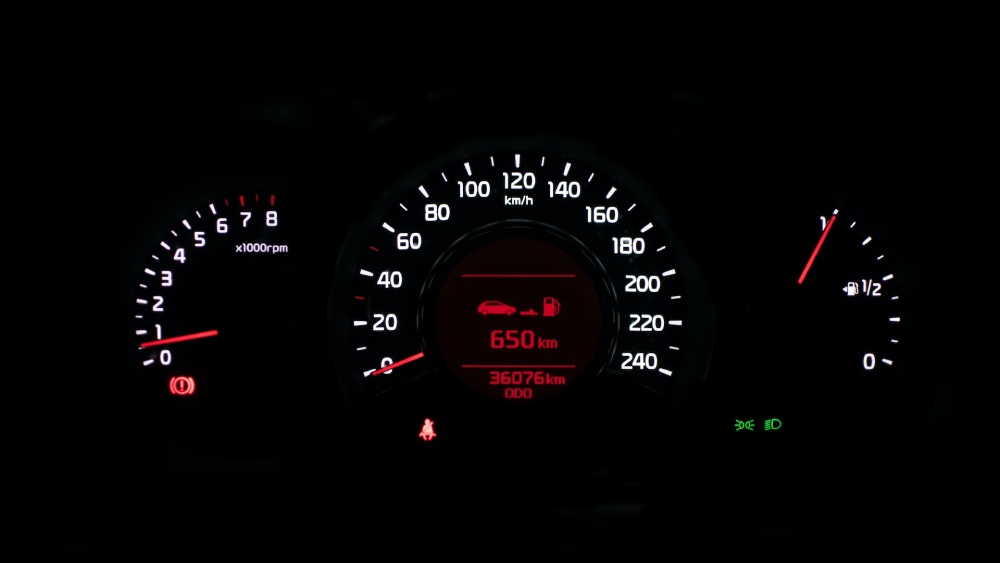
Understanding the Mechanics of Why Your Seat Belt Warning Light Won’t Turn Off
Mechanics is the area of physics that studies force, matter, and motion among physical objects. Most high school and introductory college physics courses teach this kind of physics.
When you turn your car on, the seat belt warning light will flash for a few seconds and then shut off. If your seat belt warning light stays on, a problem must be addressed immediately.
Weight on the Seat
The seat belt warning light stays on in your vehicle and is designed to detect whether or not you or a passenger has their seatbelt fastened. It looks like a tiny human figure with a seatbelt across it and will flash when there is weight on the seat that shouldn’t be there or if the seatbelt is unbuckled. It is hazardous to drive without a seatbelt, and it is against the law in most states.
To determine the weight of an occupant, your car’s seat belt system uses a passenger occupancy sensing unit sensor. This sensor is often integrated into the seat frame, using techniques such as strain gauges to measure pressure-based occupant weight. When a seat is occupied, the strain gauges deform slightly due to the added weight and cause a change in electrical resistance that the sensor’s electronics can measure.
If you have a lot of baggage or heavy items in the front seat, your seatbelt warning light remains on. Removing these objects or fastening the seatbelt will shut off the light and sound. Another common cause of this issue is the broken sensor circuit.
Check the connections under your seat to ensure they are plugged in, and spray some electric contact cleaner into the belt buckle’s fastener to clean out any crusty food or other debris that may have gotten stuck in it.
Faulty Passenger Occupancy Sensor
Your passenger seat has a sensor (the occupant classification sensor, airbag weight sensor, Occupant Sensor, OCS sensor, or FR sensor) that tells your car whether a passenger is in the front seat and how much they weigh. The airbag system and the SRS use this information to keep you safe in a crash. If this sensor malfunctions, it will cause the seat belt warning light to remain active.
The sensor is a complex electronic device that can be influenced by many factors, including seat manufacturing and design variations, moisture, temperature, body size, and even body position. As such, the passenger occupancy sensor is one of the most common components that can fail to perform as designed and trigger a seat belt reminder light or alarm.
A heavy object on the seat can trick the passenger occupancy sensor into thinking that a passenger is present and cause the warning light to stay on, even if the seat belt is fastened. If the passenger seat belt light stays on after securing your seat belt, try moving the object to another location in your vehicle and see if the warning light goes away.
A coin or other foreign object inside the belt buckle mechanism can also cause a seatbelt reminder light to stay on. If so, you must remove the foreign object from the seat belt buckle and reset the computer.
Faulty Airbag and Supplemental Restraint System (SRS) Unit
Your airbags are a huge safety feature that can save lives in frontal crashes, so if something is wrong with the system that operates them, it’s a significant problem. That’s why your car’s SRS warning light (or SRS light, sometimes called the airbag light) is lit up on the dashboard when a problem could impact the system’s functionality.
Your SRS system is complex, with multiple sensor that detect impacts, deceleration, seat belt use, whether the passenger seat is occupied, and more. These sensors are connected to an SRS computer, the restraint control module, or RCM. The RCM is the brain of your SRS, performing a complete system check to ensure everything’s functioning correctly. If it detects a problem, it’ll signal the airbag light to stay on.
When any component in this system fails—whether it’s a sensor, a connection, or the RCM itself—the system becomes compromised. Even small electrical issues or sensor miscommunications can prevent the airbags from functioning in a crash.
Once the issue has been diagnosed and repaired, an SRS airbag light reset is typically required to clear the warning from your dashboard. This ensures that the system acknowledges the fix and performs a clean check going forward.
Remember, staying proactive with your vehicle’s safety systems is essential, not just for passing inspections but for your own protection on the road. If your SRS airbag light is on, don’t ignore it. Addressing the issue promptly and ensuring a proper reset can make all the difference in a critical moment.
Faulty Seat Belt Buckle
If your seat belt light stays on after you buckle and fasten it, there’s a problem with the seat belt buckle itself. It may have a slight foreign particle that’s keeping it from latching or getting stuck. It can include coins, food particles, or other debris that fall into the seat belt buckle mechanism. You can usually clear these out with a butter knife or screwdriver, but you may need to dismantle the seat belt buckle.
Another possibility is that the seat belt buckle is twisted or tangled somehow, preventing it from latching correctly. It could be caused by a bag on the seat or some other sort of obstruction. If this is the case, you can try untwisting or untangling it to get it to latch properly.
The seat belt buckle is also the part that’s most likely to break down in a car crash. If a pin is defective or has broken parts, it can fail to lock in place during an accident, leading to injuries or even death.
Lastly, the seat belt buckle is connected to a switch in the airbag and SRS unit under the driver’s or passenger’s seats. These connections can often become loose, especially after repeatedly moving the heart backward and forwards. Check the connector on the seat belt buckle for signs of corrosion and give it a good wiggle to ensure all contacts are firmly in place.
